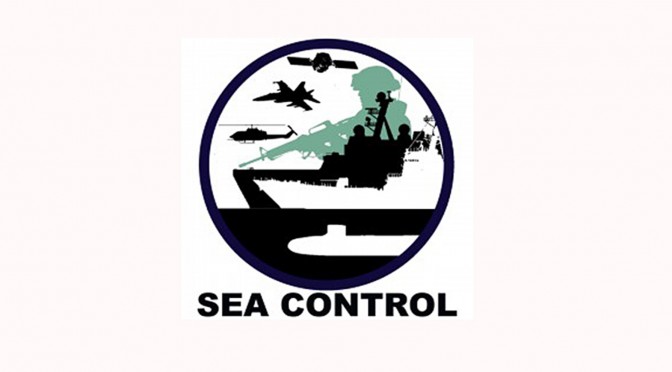By Jared Samuelson
Former Pacific Fleet commander Admiral Scott Swift (ret.) joins the program to discuss the difficulty of measuring readiness, incorporating capability and capacity, and the struggle to find common definitions for the joint force.
Download Sea Control 254 – Defining Readiness with Admiral Scott Swift (ret.)
Links
“Redefine Readiness or Lose,” by Gen. Charles Q. Brown, Jr. and Gen. David H. Berger, War on the Rocks, March 15, 2021.
Jared Samuelson is Executive Producer and Co-Host of the Sea Control Podcast. Contact him at Seacontrol@cimsec.org.


Plenty of room to grow ship numbers if you can make useful ships that can be built and maintained using the southern yards supporting offshore oil. Lots of laid up ships there which may also be of use for support roles. On the large side we need to think of sea frames that can be built topside for multiple roles to get some quantity of similar parts and design again. This one ship in one shipyard every year needs to stop. 1 carrier design we can afford to buy in block buys 3 every 8 years. Agree on the design going into the block buy t avoid changes. 2 of each would be a CV and one configured as an LH. Decide on nuke or conventional, but I’d say we are talking a ship on par with CV-67 in size. Plan for a fleet of 12 CV and 6 or 7 LH. If need be have some flexibility to build out an LH as a CV should priorities change / national emergency. We will need to build CV-81 in the front of the NNS dock to get this new model into the fleet faster. Then we can have 2 in build same time. Maybe also build sections at Philly and barge them down to NNS. Going a bit smaller also allows other existing docks to be upgraded to support them without growing the dock size. Yokosuka, Pearl, possibly Philly and others which could support CVs back in the day.